The Fed's interest rate dilemma
The smartest insight and analysis, from all perspectives, rounded up from around the web
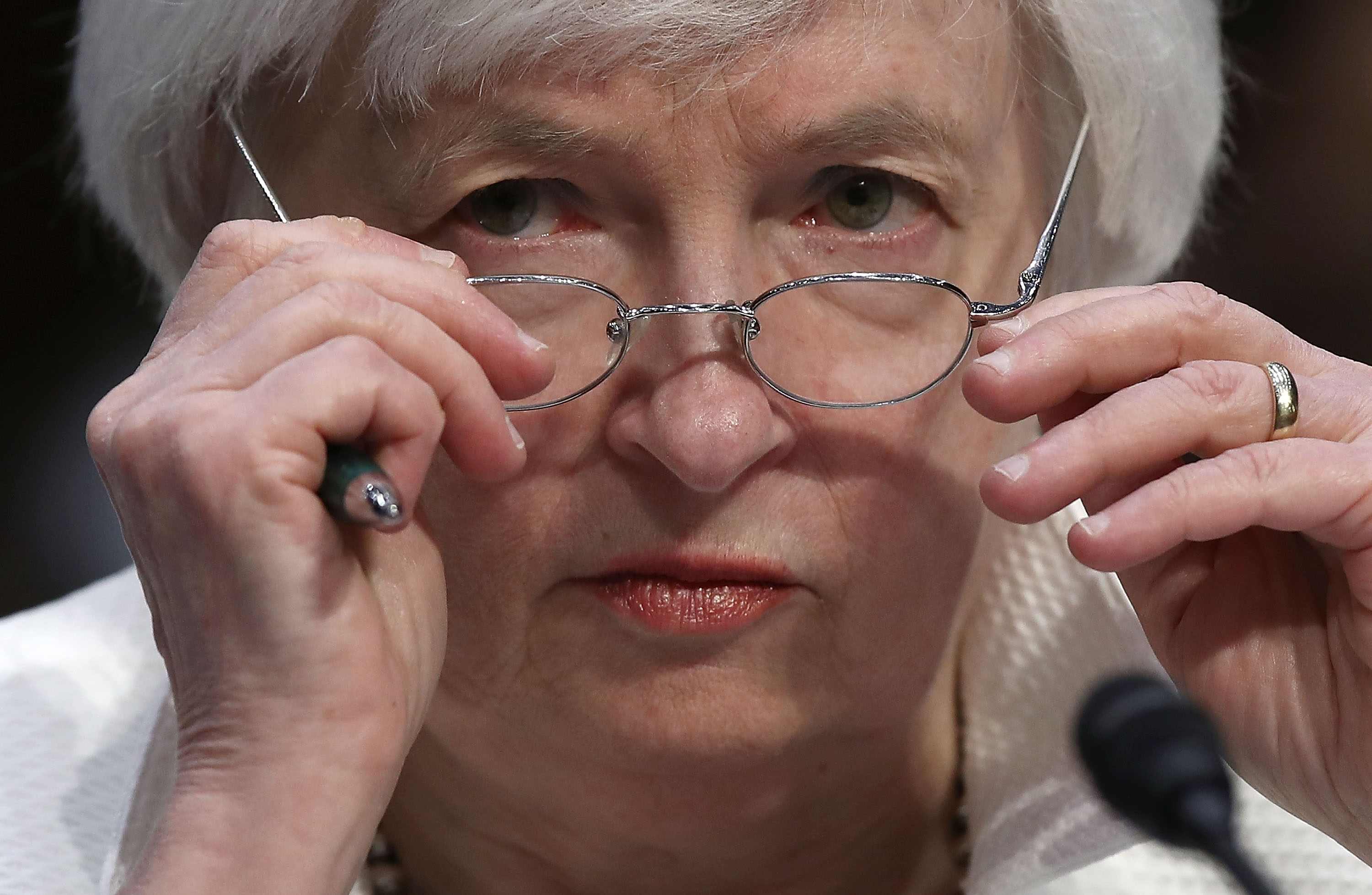
The smartest insight and analysis, from all perspectives, rounded up from around the web:
Once again, the Federal Reserve has "hit the Pause button," said Patrick Gillespie at CNN. The central bank, led by chairwoman Janet Yellen, has opted not to raise short-term interest rates, and lowered its expectations for U.S. growth for the second time this year. It's a dramatic turnaround from just six months ago, when the Fed hiked rates for the first time in nearly a decade. Then, an interest rate bump in June seemed all but certain — part of an ambitious forecast of four rate increases throughout the year. But then came the "brutal" May jobs report, in which the economy added only 38,000 jobs. Now it looks as if there might be only one rate hike this year, if any. "Safety first," said Jeff Sommer at The New York Times. The benchmark federal funds rate — the interest rate at which banks lend to one another overnight — affects everything from mortgage rates and credit cards to auto loans and what consumers can earn on their bank deposits. The Fed looked at the decidedly mixed economic signals at home and sluggish growth abroad and decided the U.S. economy is still too fragile to risk a rate hike.
It was a mistake for the Fed to back off its forecasted increases, said Steven Pearlstein at The Washington Post. The "monetary medicine" of ultralow interest rates may have been necessary when the post-crisis economy was ailing, but we've since become addicted to it. The resulting flow of easy money has "badly distorted" the economy, inflating the stock market by pushing people into riskier investments and real estate by making it cheaper to borrow. "The economy won't be able to grow any faster than it is now until it is weaned." Actually, Yellen "is finally facing reality," said Matt O'Brien, also at The Washington Post. She and the other Fed governors have been desperately looking for any reason to raise rates, and they keep coming up empty. The truth is, even though unemployment is just 4.7 percent, "job growth has been sputtering for five months now, and inflation hasn't even been close to target for two years." That's a weak enough economic picture "that it's not hard to imagine the Fed would be cutting rates right now if they were, say, 4 percent instead of almost zero." But the Fed can't say this "without destroying its case for raising rates soon — so it doesn't."
The Week
Escape your echo chamber. Get the facts behind the news, plus analysis from multiple perspectives.

Sign up for The Week's Free Newsletters
From our morning news briefing to a weekly Good News Newsletter, get the best of The Week delivered directly to your inbox.
From our morning news briefing to a weekly Good News Newsletter, get the best of The Week delivered directly to your inbox.
"These infuriating Fed fumbles show that the central bank really has little to no clue what it is doing," said Jonathon Trugman at the New York Post. The problem isn't that the Fed keeps rates so low, but that it keeps hinting that change is imminent, needlessly unsettling markets and leaving investors guessing at what's coming next. "As a result, the economy has taken on a deer-in-the-headlights inaction." Indeed, there's a huge disconnect between investors and the Fed, said Neil Irwin at The New York Times. All 17 top Fed officials expect a rate increase to happen this year, but financial futures markets price in only a 40 percent chance of that actually happening. "If markets could talk, they would be saying,'We don't think you'll raise interest rates as much as you say, and if you do it anyway, you'll probably regret it.'"
A free daily email with the biggest news stories of the day – and the best features from TheWeek.com
-
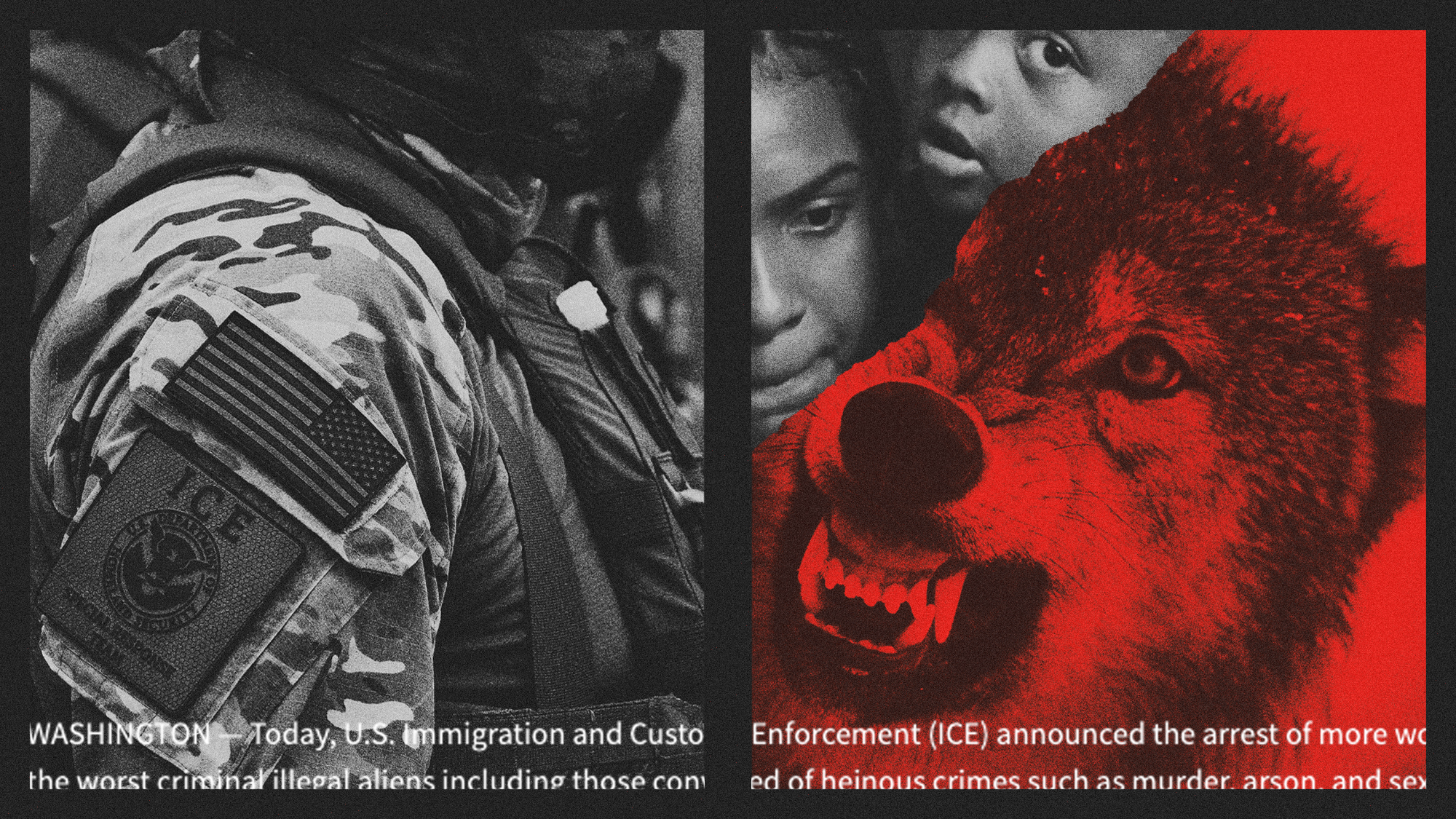 The Trump administration says it deports dangerous criminals. ICE data tells a different story.
The Trump administration says it deports dangerous criminals. ICE data tells a different story.IN THE SPOTLIGHT Arrest data points to an inconvenient truth for the White House’s ongoing deportation agenda
-
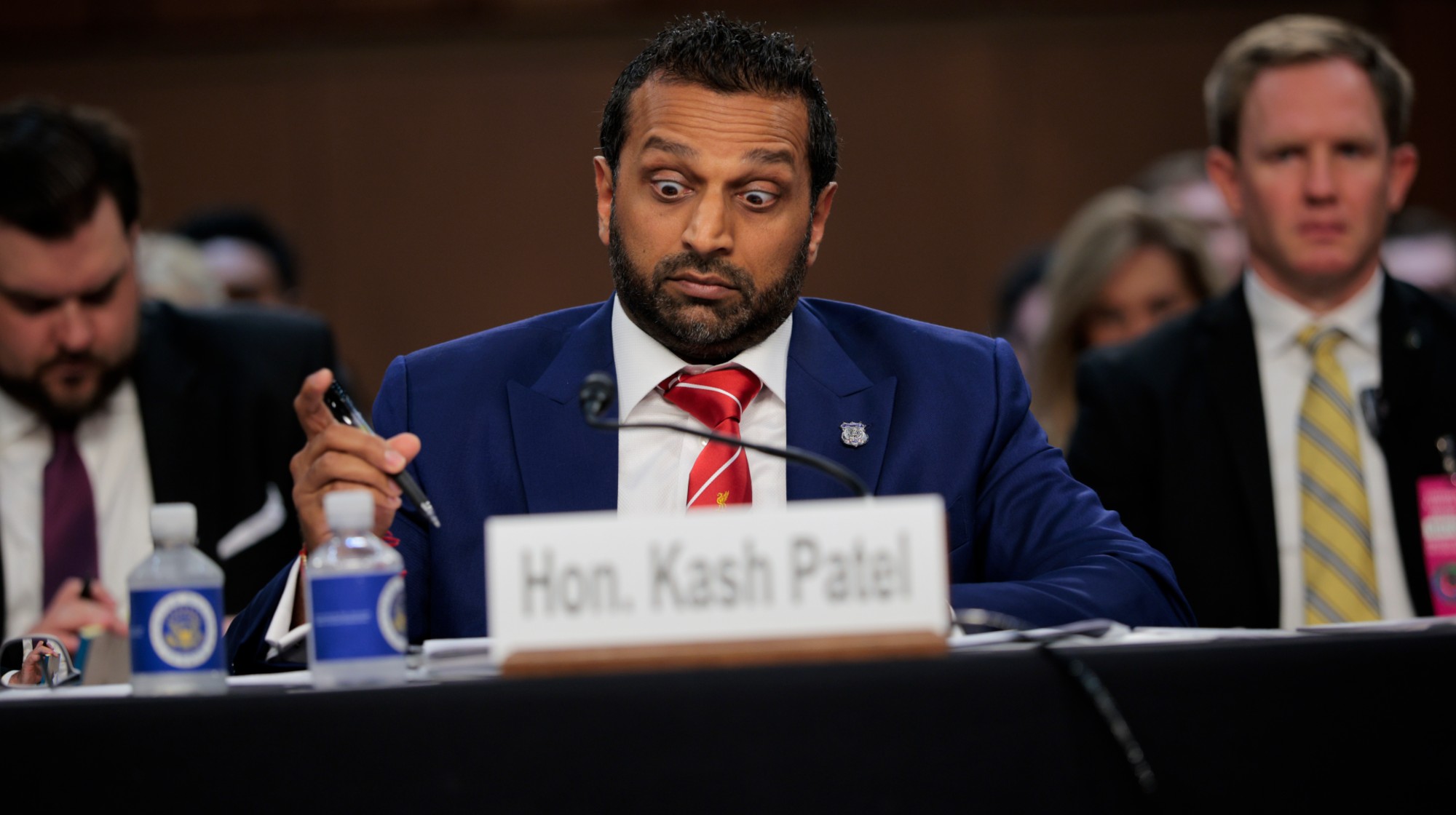 Ex-FBI agents sue Patel over protest firing
Ex-FBI agents sue Patel over protest firingspeed read The former FBI agents were fired for kneeling during a 2020 racial justice protest for ‘apolitical tactical reasons’
-
 The real tragedy that inspired ‘Hamlet,’ the life of a pingpong prodigy and the third ‘Avatar’ adventure in December movies
The real tragedy that inspired ‘Hamlet,’ the life of a pingpong prodigy and the third ‘Avatar’ adventure in December moviesThe Week Recommends This month’s new releases include ‘Hamnet,’ ‘Marty Supreme’ and ‘Avatar: Fire and Ash’
-
 The pros and cons of noncompete agreements
The pros and cons of noncompete agreementsThe Explainer The FTC wants to ban companies from binding their employees with noncompete agreements. Who would this benefit, and who would it hurt?
-
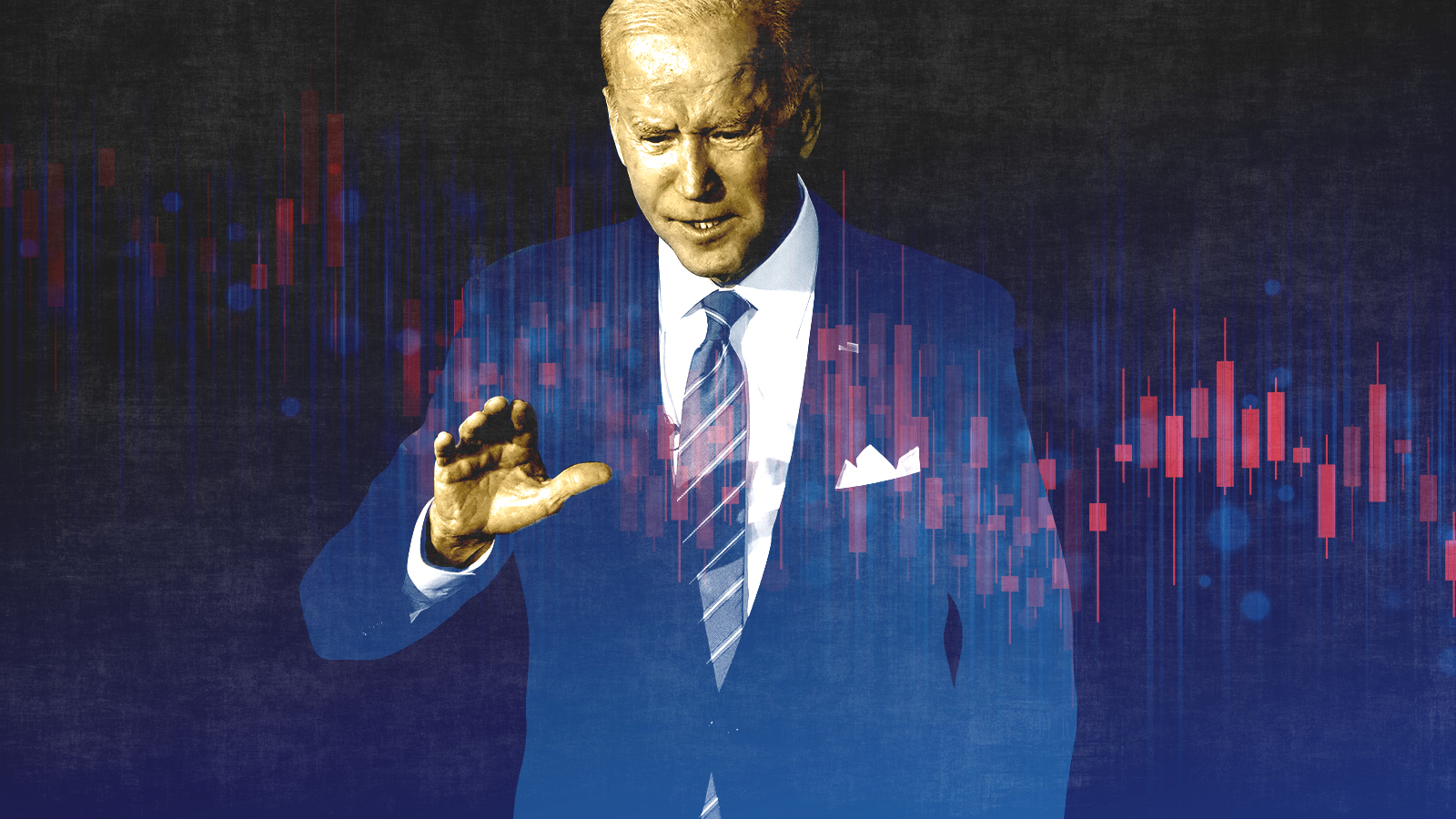 What experts are saying about the economy's surprise contraction
What experts are saying about the economy's surprise contractionThe Explainer The sharpest opinions on the debate from around the web
-
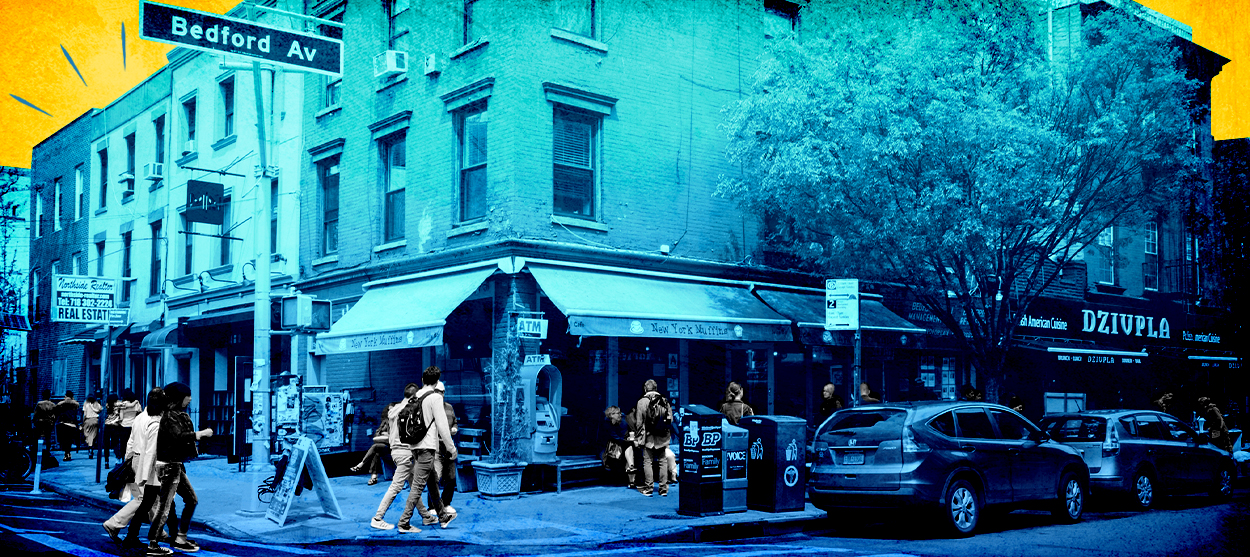 The death of cities was greatly exaggerated
The death of cities was greatly exaggeratedThe Explainer Why the pandemic predictions about urban flight were wrong
-
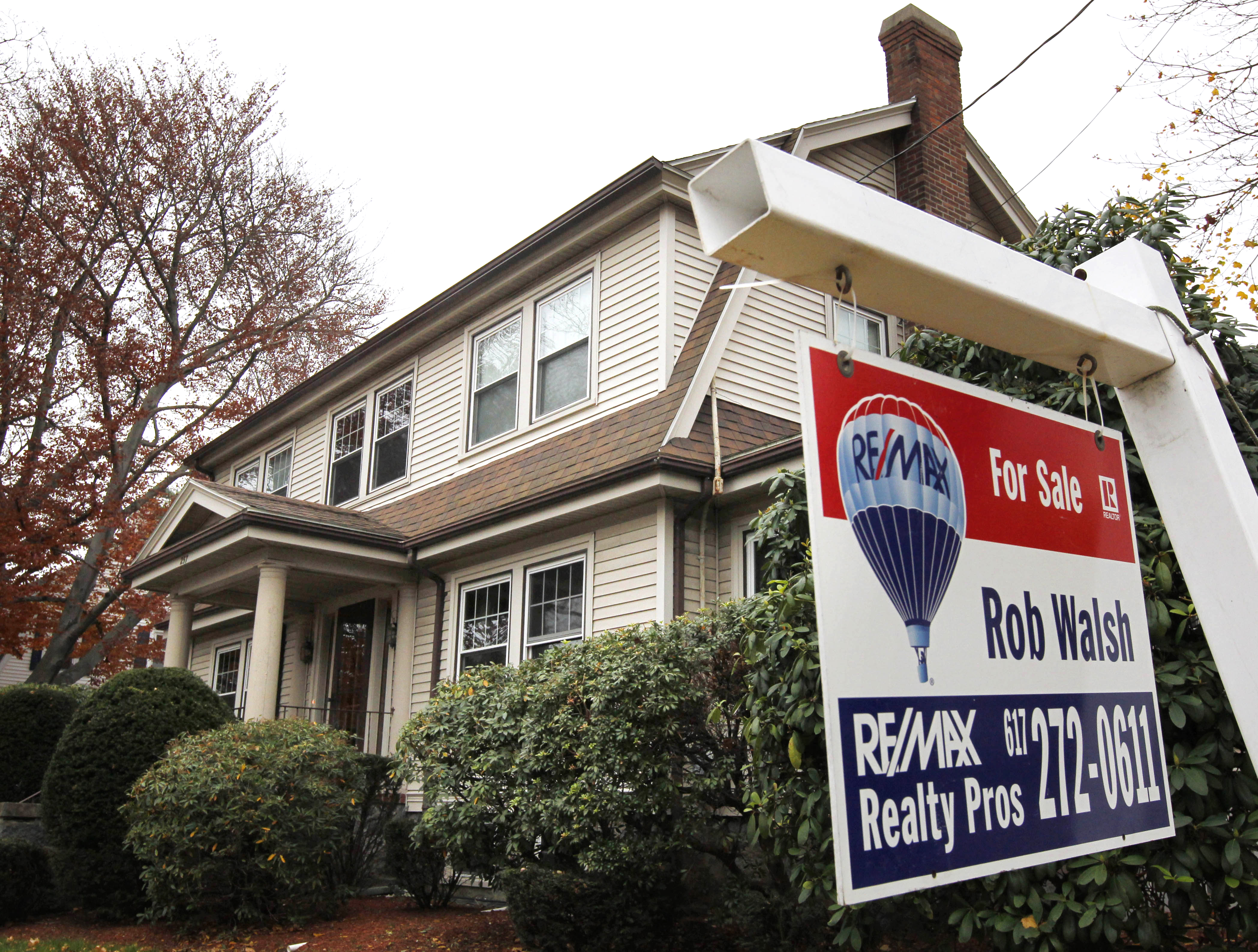 The housing crisis is here
The housing crisis is hereThe Explainer As the pandemic takes its toll, renters face eviction even as buyers are bidding higher
-
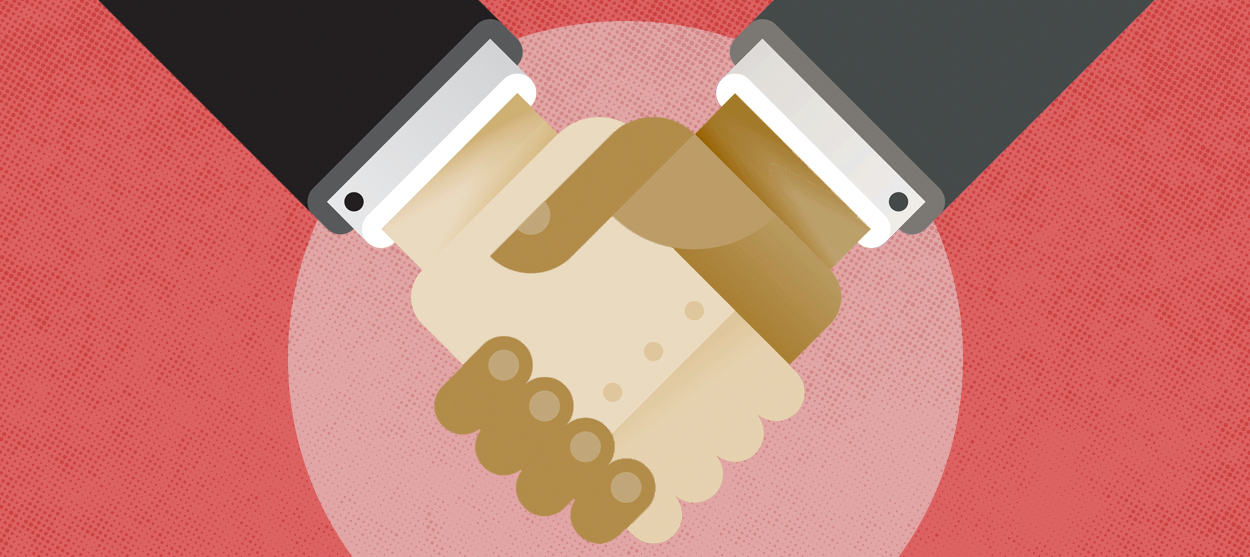 How to be an ally to marginalized coworkers
How to be an ally to marginalized coworkersThe Explainer Show up for your colleagues by showing that you see them and their struggles
-
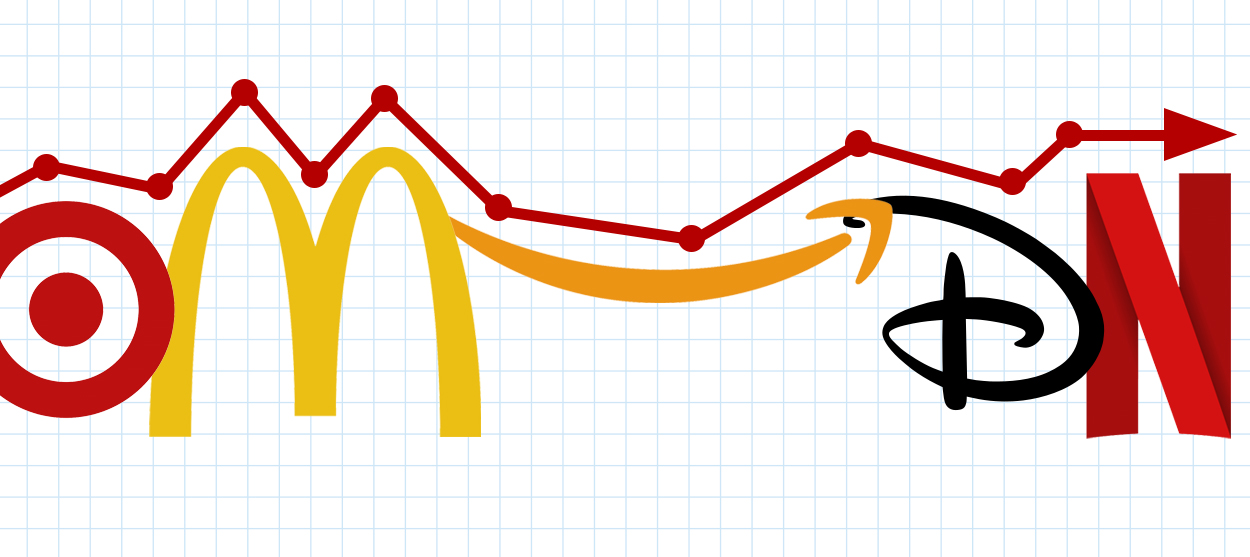 What the stock market knows
What the stock market knowsThe Explainer Publicly traded companies are going to wallop small businesses
-
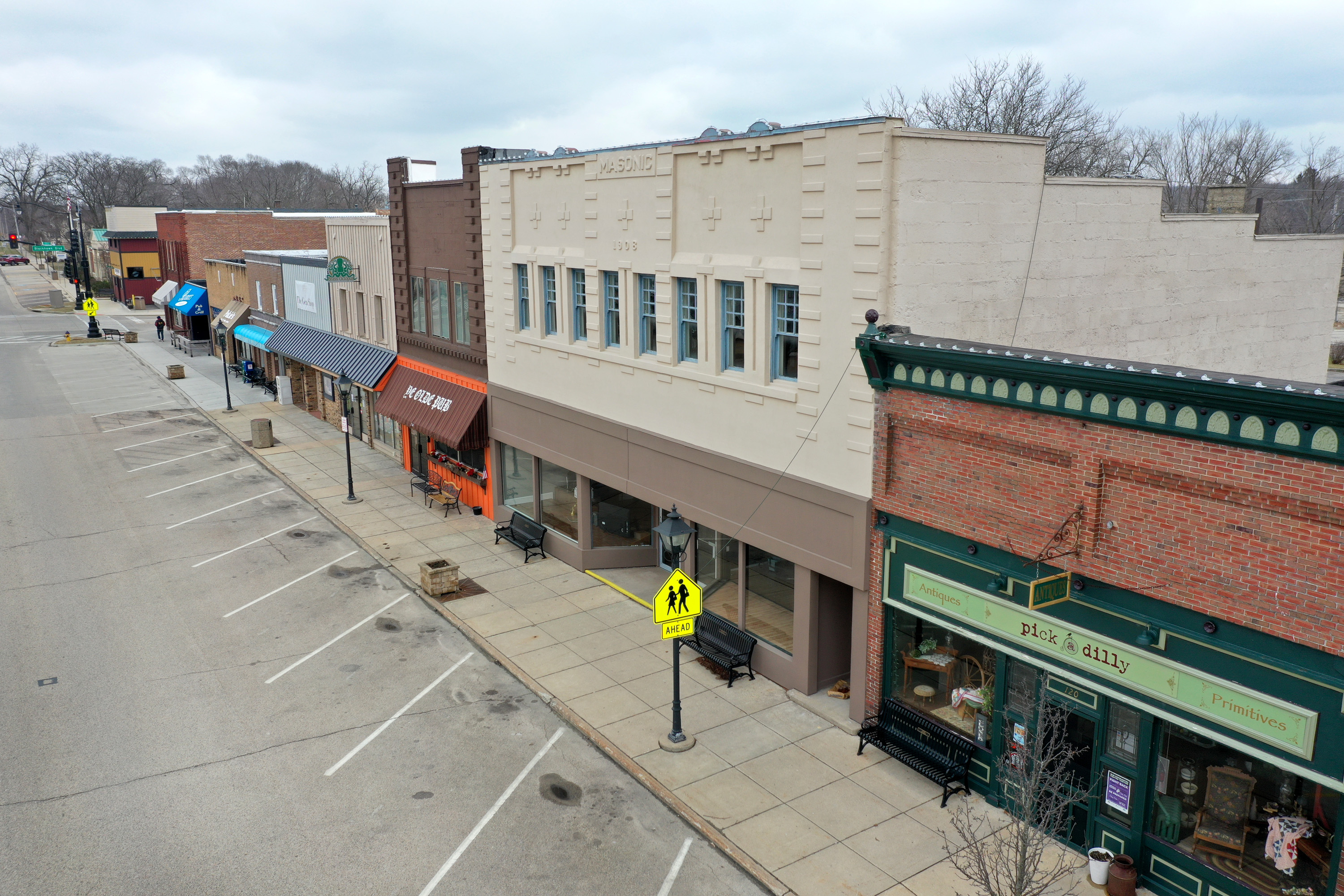 Can the government save small businesses?
Can the government save small businesses?The Explainer Many are fighting for a fair share of the coronavirus rescue package
-
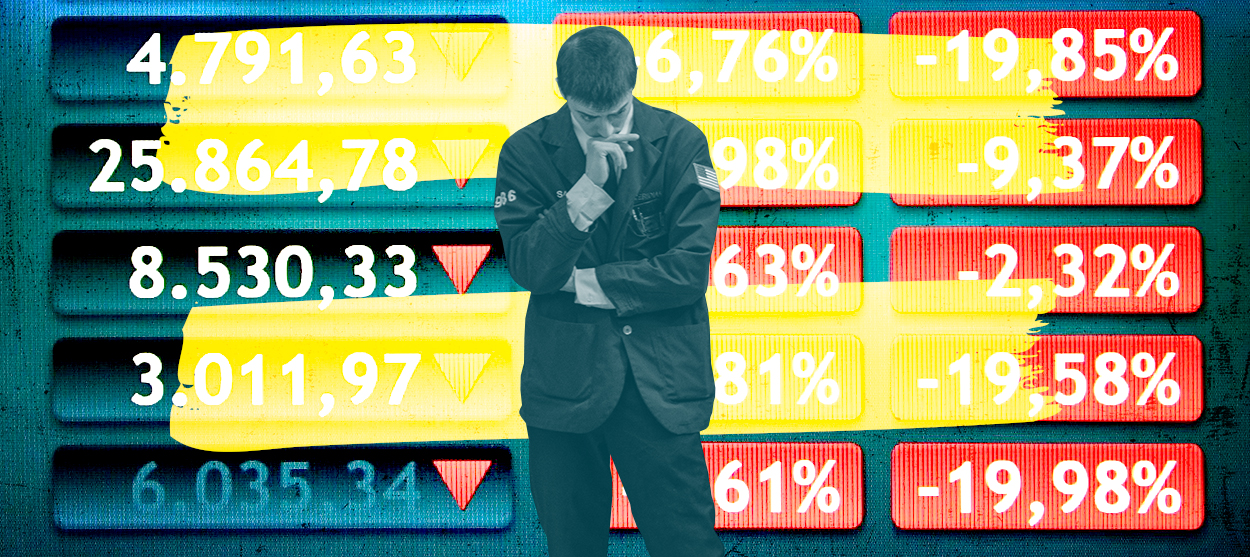 How the oil crash could turn into a much bigger economic shock
How the oil crash could turn into a much bigger economic shockThe Explainer This could be a huge problem for the entire economy